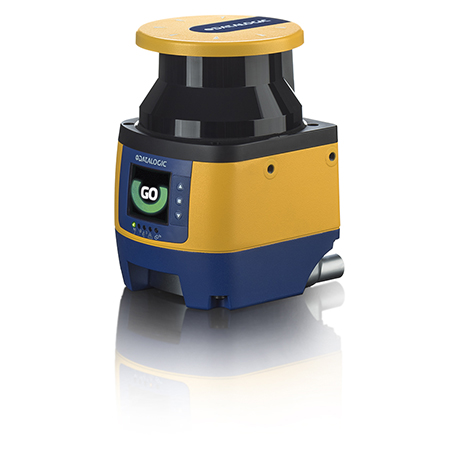Datalogic Releases Latest Safety Laser Scanner
27th November 2018

Italian data capture specialist Datalogic has released the SLS-SA5, the second model of the LASER SENTINEL safety laser scanners family. The first version of the Datalogic innovative solution for safe area scanning, SLS-B5, was released last year, offering easy programming of the system with intuitive graphic user interface and high detection capability. Datalogic says the new model offers even more features that will cover a larger variety of applications in factory automation and intralogistics, with automotive customers showing particular interest.
SLS-SA5 is a complete application-oriented solution based on the safe monitoring of a two-dimensional area including all functions needed for static horizontal and vertical applications (such as robot cells, machine perimeter protection, machine opening protections, etc.) as well as dynamic applications (automated guided vehicles, automated guided carts and forklifts) in a compact device with high level detection performances. According to Datalogic, innovative optical features and signal filtering make the Laser Sentinel extremely reliable in industrial environments where dust, dirt or light interference can’t be avoided.
“Safety in the manufacturing industry has certainly improved over the last decades, nonetheless the concerns are still numerous and very real,” says Paolo Zanetta, Datalogic Product Marketing Manager. “People remain at the centre of many processes, despite the increasing automation, and are still very much exposed to serious injuries. By prioritizing safety, a manufacturing company can set the values for the entire workforce. The safety laser scanner is used to detect people who are approaching a hazardous area, before reaching it, in order to prevent hazardous circumstances (for example, a mechanical movement) that may cause injuries or an accident. The protective detection is done by defining a safety area, whose shape and dimensions must be designed according to the risk assessment of the machine. The user must consider the position of the hazardous point, the shape of the machine and the surrounding environment as well as the time needed to stop any dangerous approach.”

